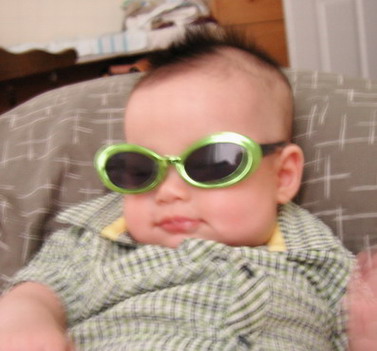Kendra is going to defend her dissertation this Friday, and has her first practice talk today.
As a physics, Kendra focusing on modeling one simple question which is difficult to be answered - How do mitotic spindle senses, regulates, or determines its length, since cells have its spindle in constat lenght.
Kendra has two advisors, Tim as biologist and Dan Fisher as Physicist (who moved to Stanford this year). The way Kendra tackle this question is generating a possible models and using experiments to verify or modify it. Kendra's work was transformed into two papers in high profile journals.
* Slide-and-Cluster Models for Spindle Assembly. Curr Biol.;17(16):1373-83
* A new method reveals microtubule minus ends throughout the meiotic spindle. J Cell Biol. 2006;175(3):369-75
I envy the ability Kendra has in physics and mathematics. But the way physicists doing biology also raises my concerns. It can always back to the question number 1 "how far can you go to simplify your models?"
The modeling work has to be built on several assumptions which is usually the weakest link in the study. Most of the time these assumptions are non-realistic or can only happen in extreme conditions. The model works and fits perfectly to the phenotypes; the only problem is it just won't happen in real world.
Maybe that is just a beginning, but as you can tell, modeling biology still has a long way ahead.
I mentioned earlier that three postdoc candidates are visiting us, a biologist, a physicist, and a chemists. The third, Liam Holt from Morgan's lab at UCSF, is coming this Thursday.
Free lunch!
Tuesday, October 23, 2007
Subscribe to:
Post Comments (Atom)

No comments:
Post a Comment